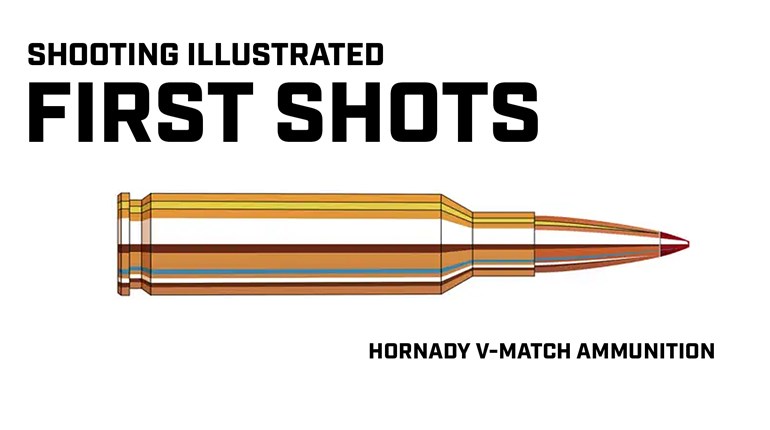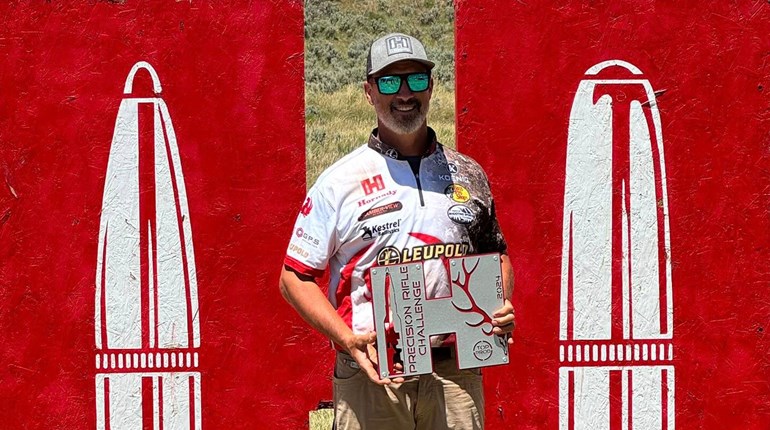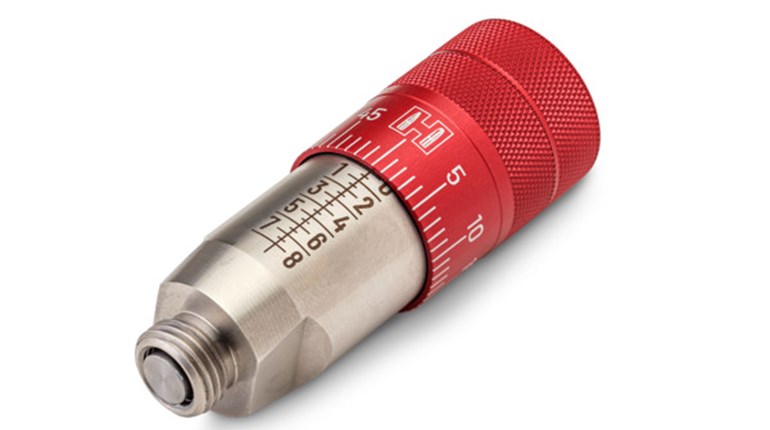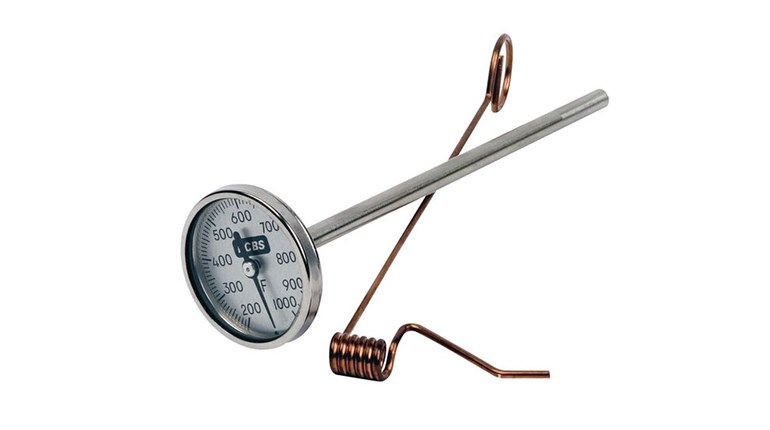
More good reloading questions are coming in, so we take some time out to answer a few. You’re to be complimented, again, on grasping the details, and filling in the (inevitable) holes.
Q: How closely do I need to match bullet shape to a recommended OAL, or is weight all that matters?
Bullet shape is important, but not really more important. To understand this maybe/kinda/sorta answer, we have to back up a little.
There are two ways to find overall length (OAL, or cartridge overall length, COL) and they are driven by commercial considerations (no surprise). If you look at the excellent Sierra Reloading Manual, for instance, it focuses on Sierra bullets. Extrapolation is quite safe as far as run-of-the-mill pistol and rifle projectiles are concerned, and OALs for like Noslers, Bergers, etc. will be very close to one another. Is it better to find an exact reference? Sure.
These are often available in “combined” resources, like this, some of which are based on a subscription. They have the advantage of numbers (our example boasts more than 300,000 loads), and are easily and often updated, but also depend on connectivity. A free favorite of ours from Western Powders covers a bunch of favorites, and has both printable convenience and load-to-your-phone portability (as a .pdf file).
The important factor here, however, is to make sure that whatever OAL source you choose has something that applies as specifically as possible to the bullet you mean to reload. Flat-nosed data, for instance, will not necessarily be interchangeable with round nose or hollow point data, either in terms of charge weights or OALs/COLs, though the “why” is subtle. Materials also matter: Jacketed vs. plated vs. lead may show surprising variations.
An example helps: We like two Xtreme bullets for some purposes in 9 mm, and both are 135 grains. But because of different nose profiles, they seat at different depths unless we adjust or swap out our seating plug in Step 6. These are optimized to seat different nose profiles with the least possible deformation, but their contour may change seat depth from one bullet type to the next even if many parameters—like bullet weight—are otherwise identical.
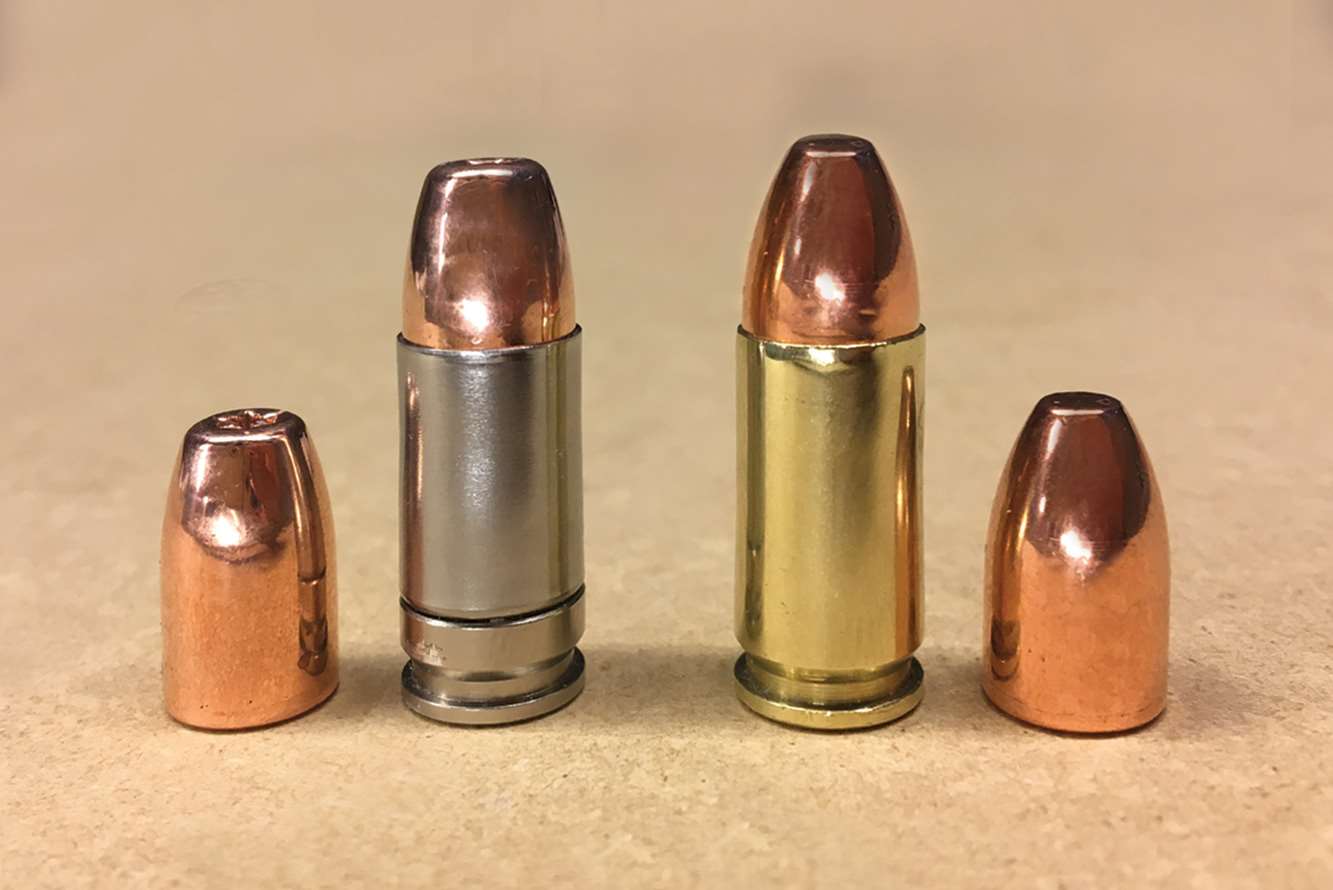
This might be of little consequence if we were in the “sweet spot” of OALs for bullets in the mass range, even on a small capacity case like 9 mm. Minor changes, moreover, can have comparatively major effects on performance. As it happens, the same depth setting on our die pushes one bullet .025” lower in the case than the other, and—distractingly—both still feed well.
Shooting them, however, is where you discover that feeding isn’t the only parameter that gets rolled up in OAL. In our circumstance, combustion volume in the case is consumed by deeper seating, nearly to the point of trouble: Even with identical, middling charges, the deeper-seated bullet/powder combination feels decidedly different and obviously more powerful. Cases confirm the variance—slightly flattened primers and more pressure are needed to re-size the cases on their next pass through our rebuild process.
The moral of the story is plain. Like many other parameters in reloading, problems with OAL often stem from treating them as generic. Never lose sight of the fact that no exact set of measurements for any bullet, case and powder combination, nor how well they seem to work together in your press, trumps the test of safe, reliable range performance.
Q: The 9 mm and .45 ACP comparative photos would seem like a joke. Do those actually run in the same pistols, or …?
In a word, yes. Some readers will remember a time when pistols needed to be modified to feed more than one type of bullet nose reliably, but this is fairly rare these days. Glock pistols, for instance, are noted for their versatility, and all those 9 mm cartridges will feed in several G17/34/19s we have in the stable; same with the .45s (SIG P320 is the winner here). Neither has a modified feed ramp, nor some well-off-the-map $90 spring system.
Indeed, most modern pistols will feed most of the pictured ammo. But there are a couple of variables you can’t see that have a lot to do with such reliable performance—charge weight and burn rate of the powder, and the effect those have on the interaction of the slide, recoil spring and feed ramp. We concede that in the early days of our own reloading, this seemed like black magic.
Reliable feeding mostly comes down to controlling the speed with which the bullet nose first contacts the feed ramp. In very general terms, bullets that reach the feed ramp either very early, or very fast, will not “ride” up the ramp, but instead bounce up at a high angle. They then collide with the top of the chamber and stop the action about halfway open. The rounder the bullet nose, the better they are in terms of surviving this, but even those with the roundest noses won’t always escape.
Our samples work because they all prevent this problem, albeit by different methods. The short bullets run on slower charges that don’t allow the slide to pick up too much steam in an unnecessarily long travel; the long ones on charges that have just enough energy to feed a new round. Both have the same effect: Preventing excessively violent collision that robs the feed process of energy it needs to complete the task. Trial and error? You bet, and a lot of it. But it yields consistent performance, too.
This is another reason we are such fans of “action proving” dummies. With practice, you can feel the mechanical components of this in hand cycling, and figure out what geometries smooth the unavoidable collision, and which are (bullet) train wrecks.
It’s useful to note that the vast majority of commercially loaded ammo stays away from arcane but useful bullet shapes, especially in pistols. They correctly calculate that rounder is better, and now you know why: Making the others run in all pistols—even in most—would be nearly impossible. But squeezing this higher measure of performance out of a given firearm is also the best reason to reload.
Or shoot a revolver and (mostly) forget about this.
Q: You haven’t said anything about closing the flare in the case mouth. Can’t this be done in the seating step, and done?
No, we haven’t said anything about this, because we don’t do it, and don’t recommend it. This will only work correctly in case length-lotted batches of brass, meaning a measurement of every case, trimming the long ones and pitching the short ones (or allotting them to “field” status).
Mind, there’s nothing wrong with it. But unless you’re building rounds for bullseye competition, it just isn’t worth it in our view. Modern dies have a better fix for this that won’t slow your throughput to 50 rounds/hour or less.
Q: I showed an old hand I shoot with your “Exercise …” seating piece, and he made a comment about seating depth adjustment as a way of tuning both velocity and reliability. I’m not sure I understand why this would work.
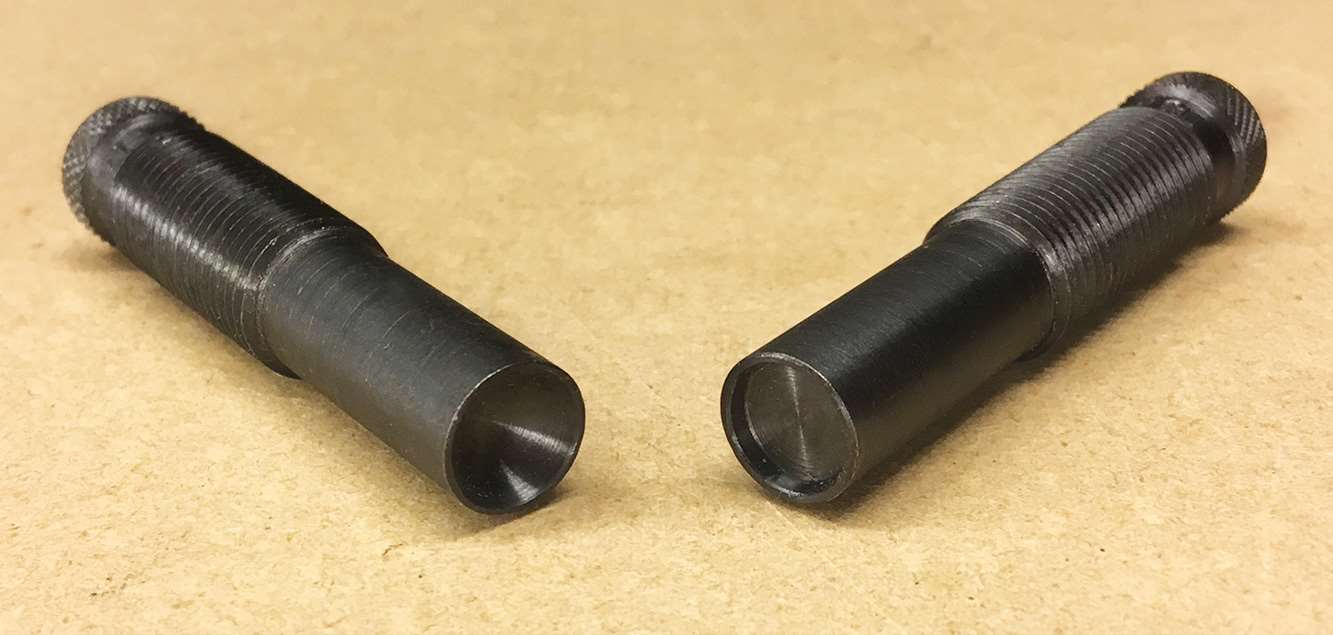
He’s absolutely correct. As long as feeding stays good and pressure signs remain absent, this is an excellent—if somewhat trial-and-error—method of getting both consistent velocity and reliability to enviable levels. We simply don’t know enough of the nitty-gritty science to say why exactly, but it strikes us that small adjustments in depth tune several factors simultaneously, and thereby get loads to desirable “harmonics,” if we may borrow the term.
We’ve already discussed at length the potential dangers of seating a projectile too deeply, and lots of things can go wrong when pressure spikes are induced as a result. But a series of incremental changes at the limits of adjustability (+/- .002 up or down in most die systems) can add or reduce pressure in very useful and revealing fashion.
This fine-tuning can change the speeds at which crucial components of cycling in semi-autos occur, which can, in turn, be the very soul of reliability. In rifles or revolvers, they may be reducing barrel whip (or some other factor), and therefore ditto, accuracy. Deriding this as unscientific is understandable, but most experienced reloaders have at least one story of their own that’s a head-shaker. There’s no reason why NN.N grains of powder XXX at an OAL of Y.YYY works so much better than everything else in gun ZZZ123, but it does, and they have the targets or trophies to prove it.
Keep in mind that the variations you’ll be working with here are often very subtle. Unless you know the “feel” of that firearm very well, they may be undetectable except with aids like a chronograph. On the other hand, improvements (or degradations) can be fairly dramatic as well.
This last gets us to a crucial point that we’ve glossed over until now: Keep good records, no matter whether things go right or wrong. Nothing will help you more to avoid repeating a (perhaps expensive) mistake, or better, to reproduce a stunning success. This is another of the reasons we don’t rely solely on online resources.
That annotated, dog-eared reloading guide can be a treasure trove.
Part 1 Part 2 Part 3 Part 4 Part 5 Part 6 Part 7 Part 8 Part 9
Frank Winn has been studying arms and their relationship to tyranny, meaningful liberty and personal security all his adult life. He has been a firearms safety/shooting instructor for more than 20 years, and earned state, regional and national titles in several competitive disciplines.











